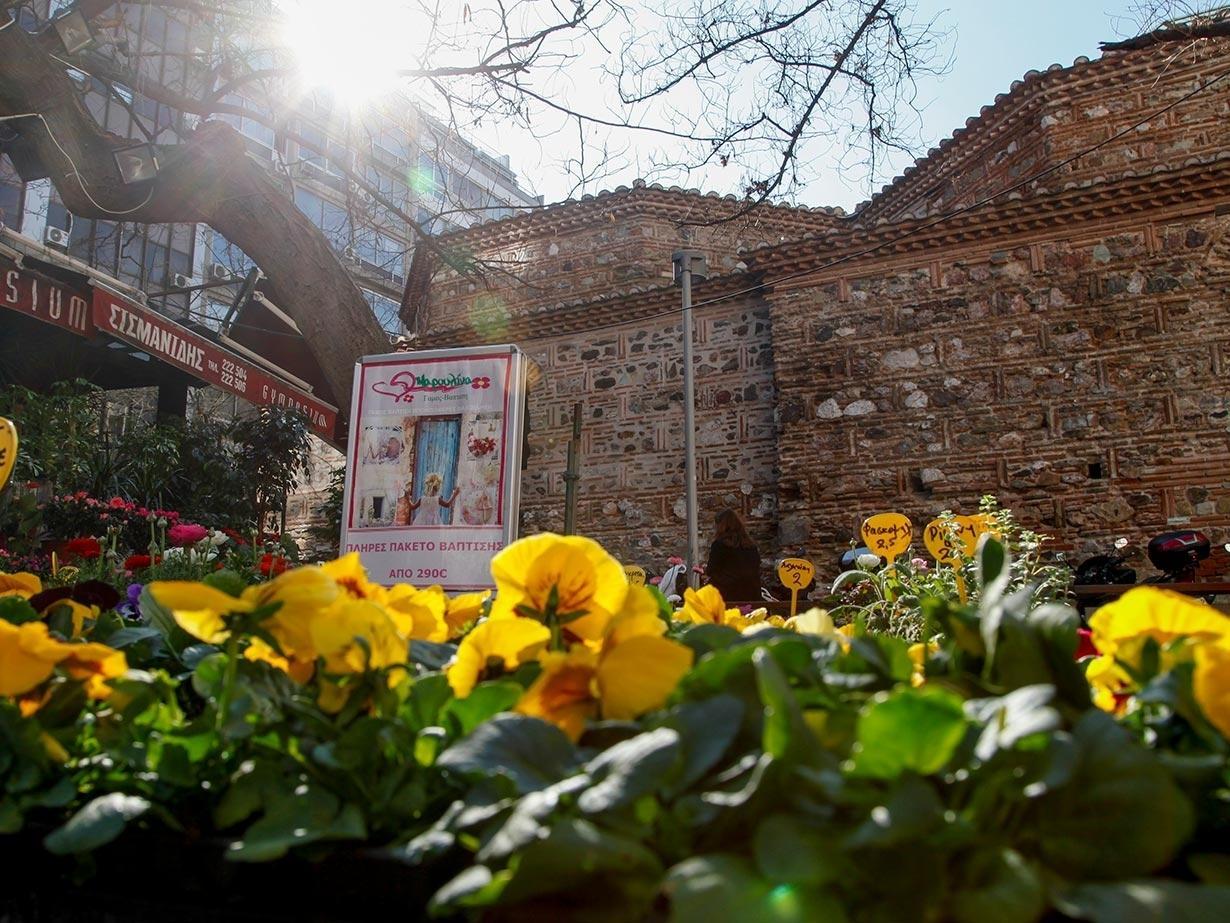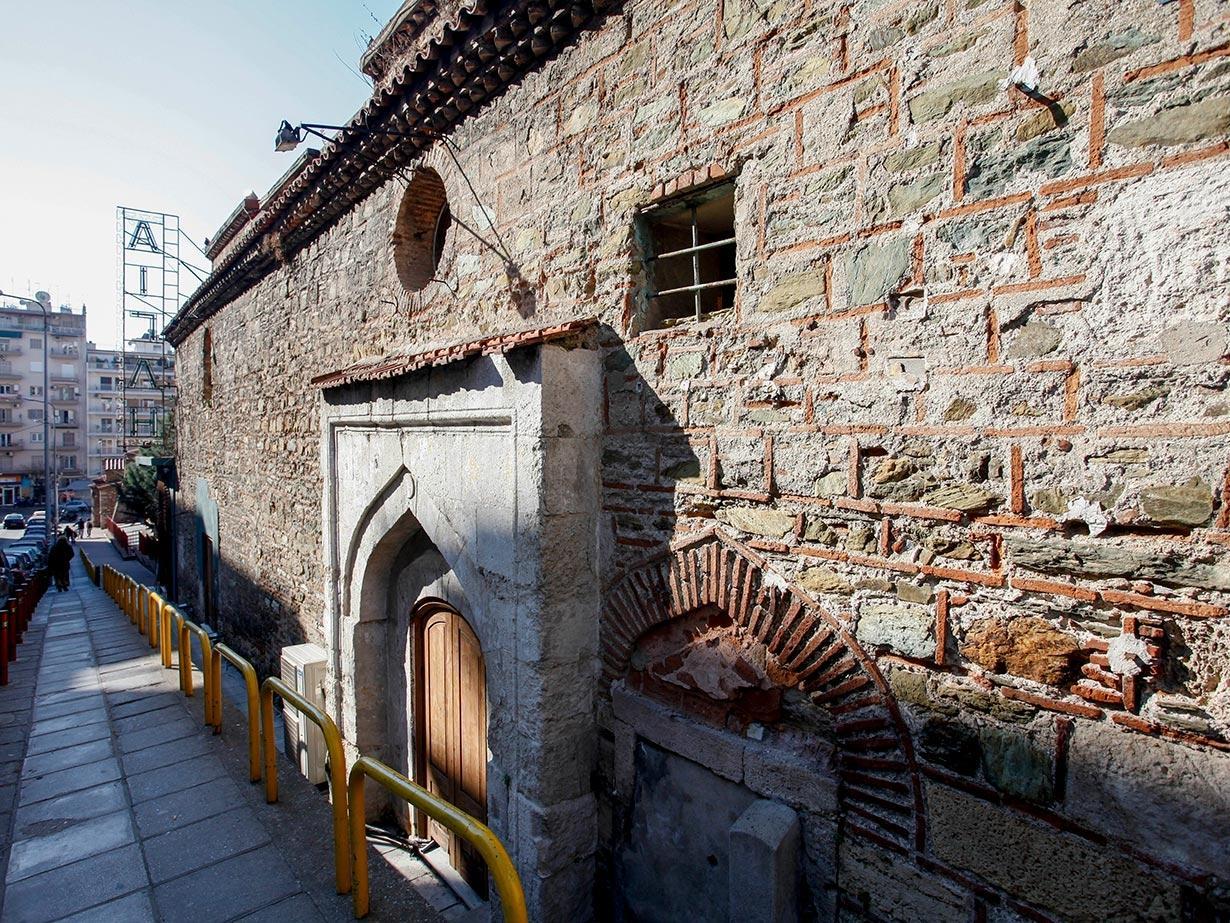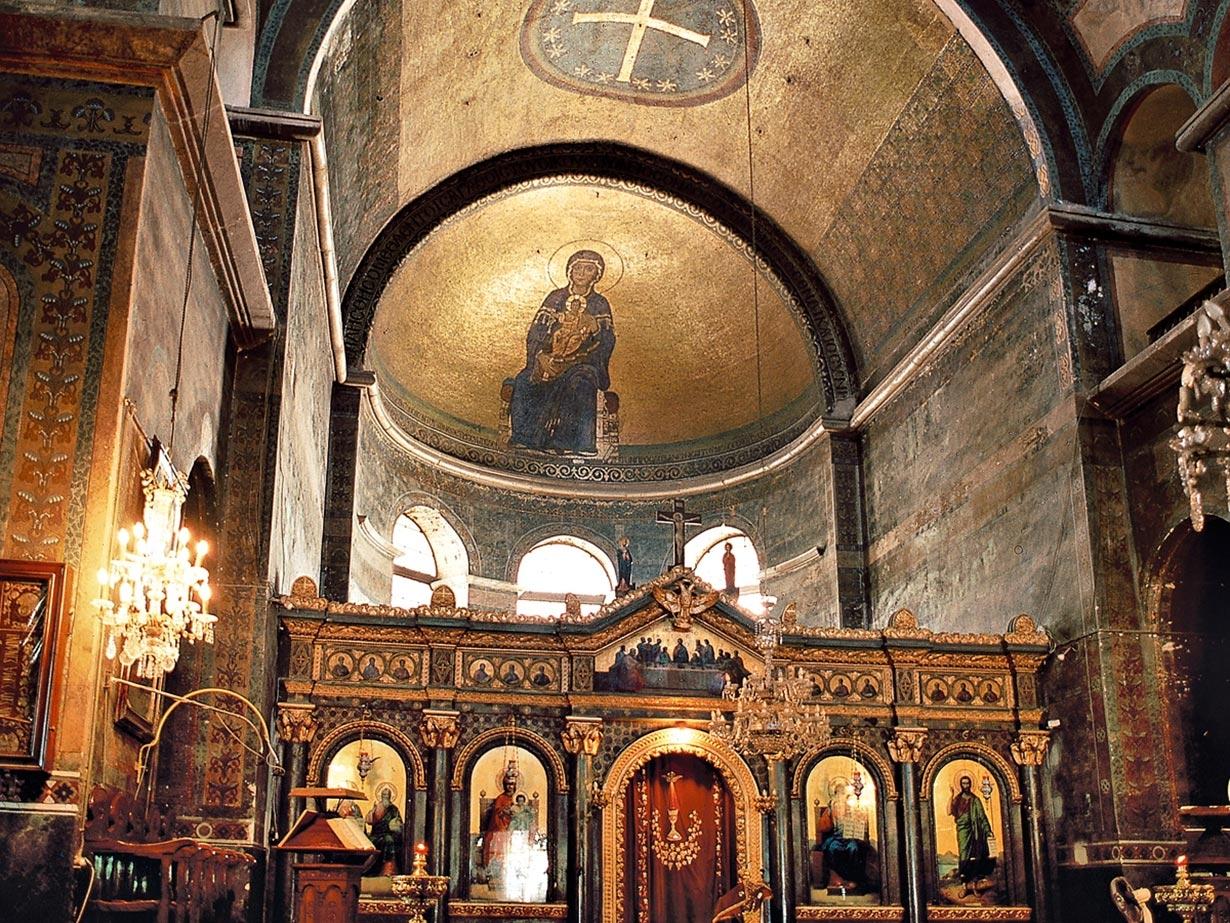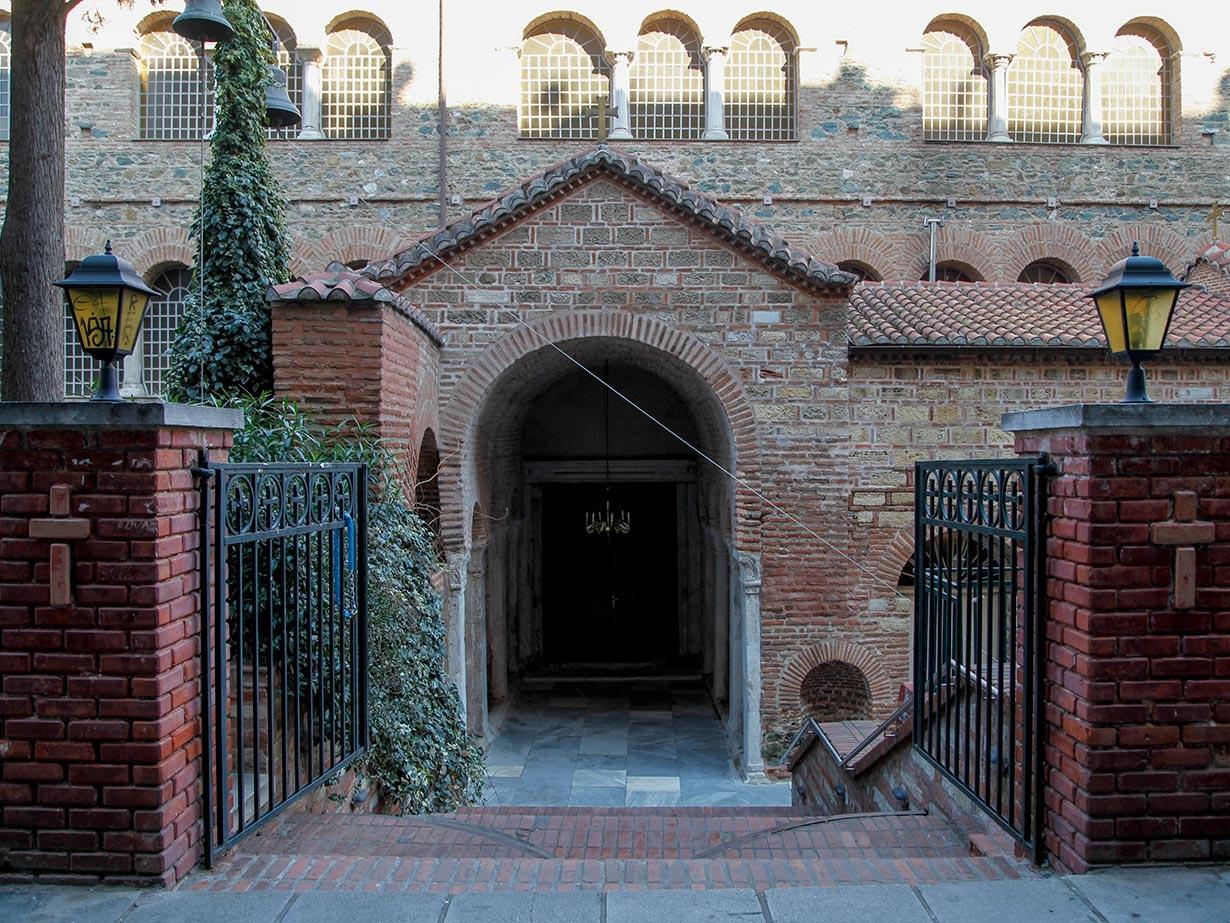THEMED ROUTES
The thematic routes will reveal cultures and traditions left behind by ancient Greeks, Romans, Byzantines, Ottomans, Jews but also holy figures of Christianity, Thessaloniki’s past and present, by unrolling a fascinating story of 2300 years!



















